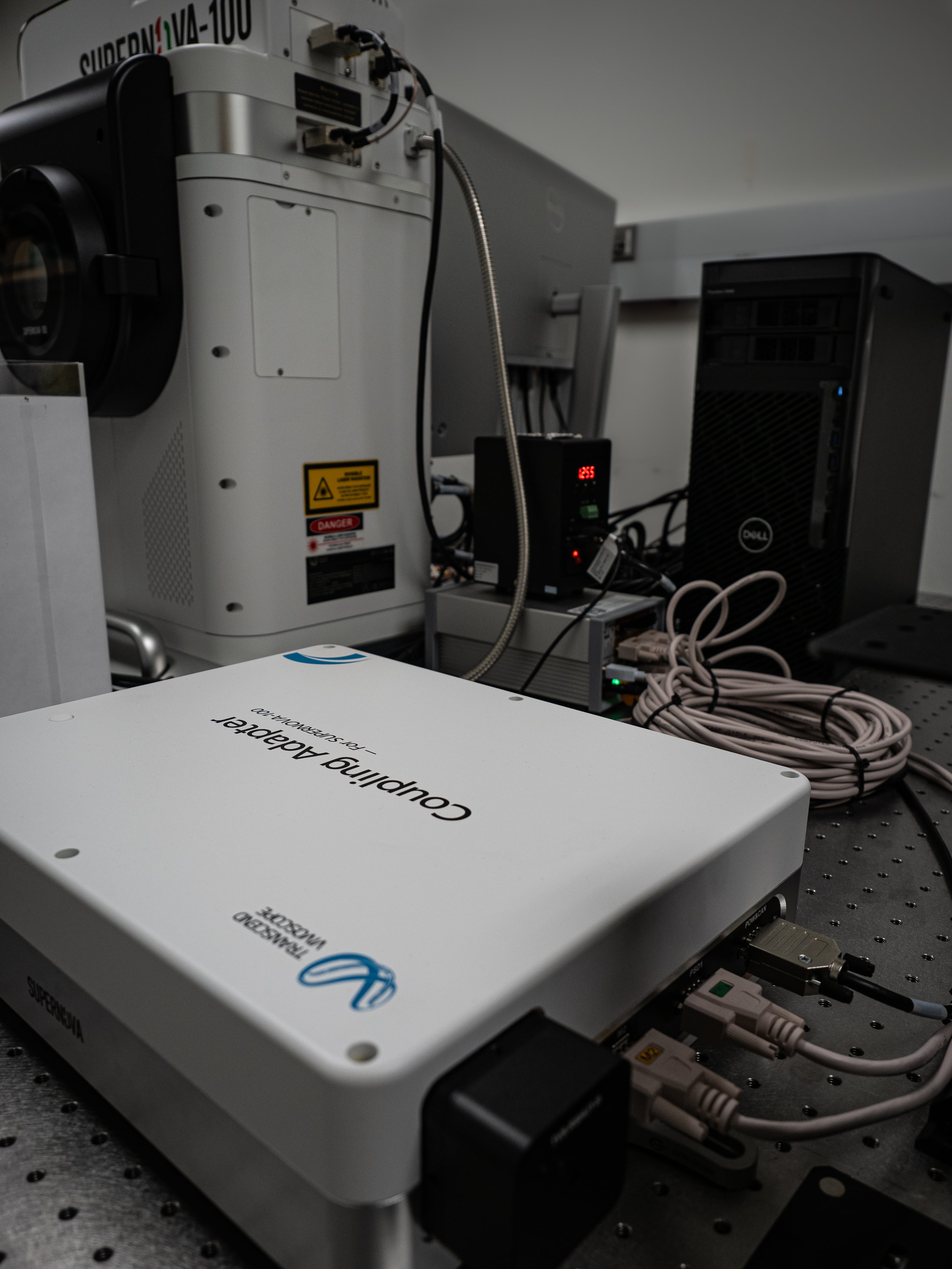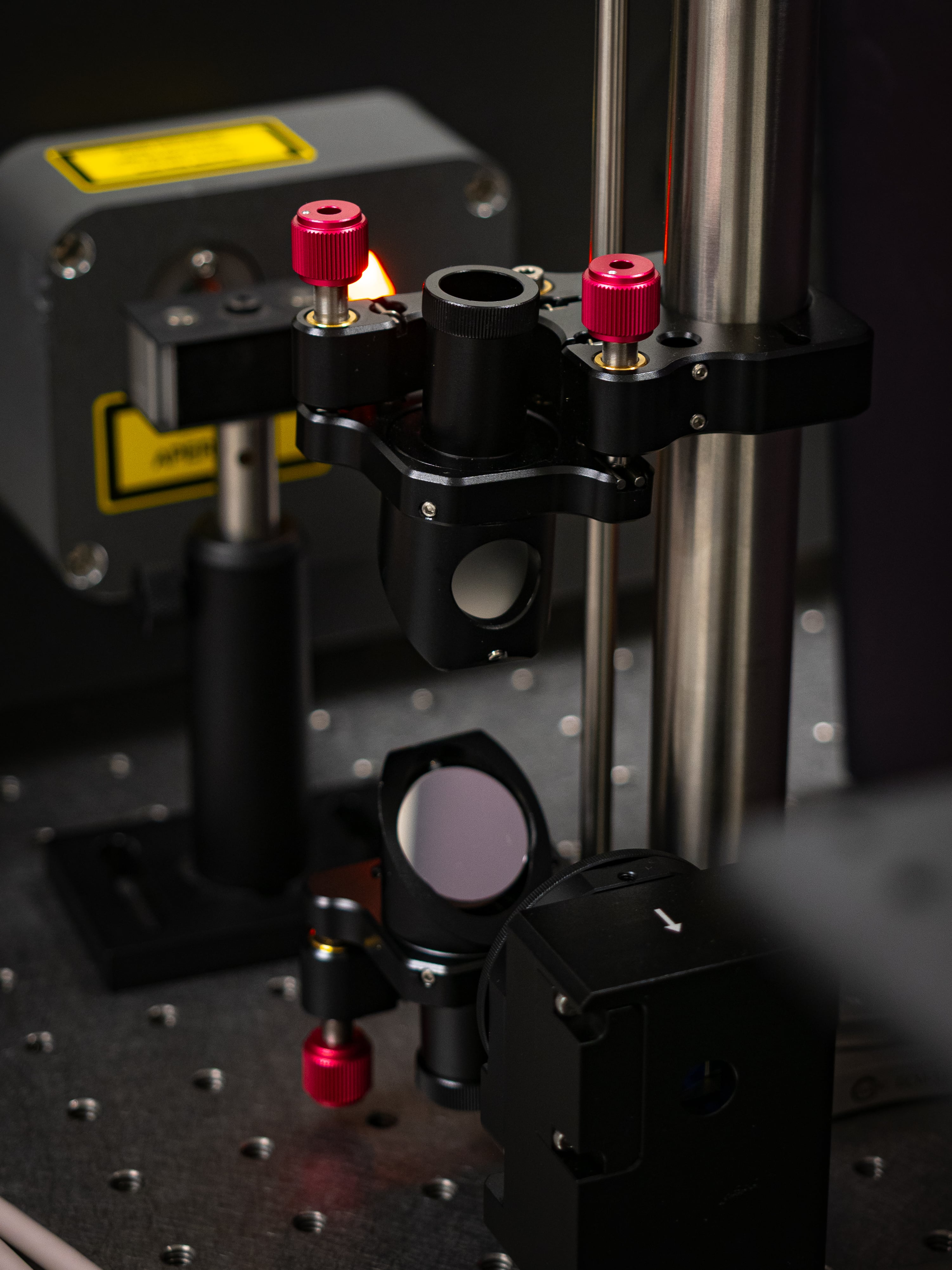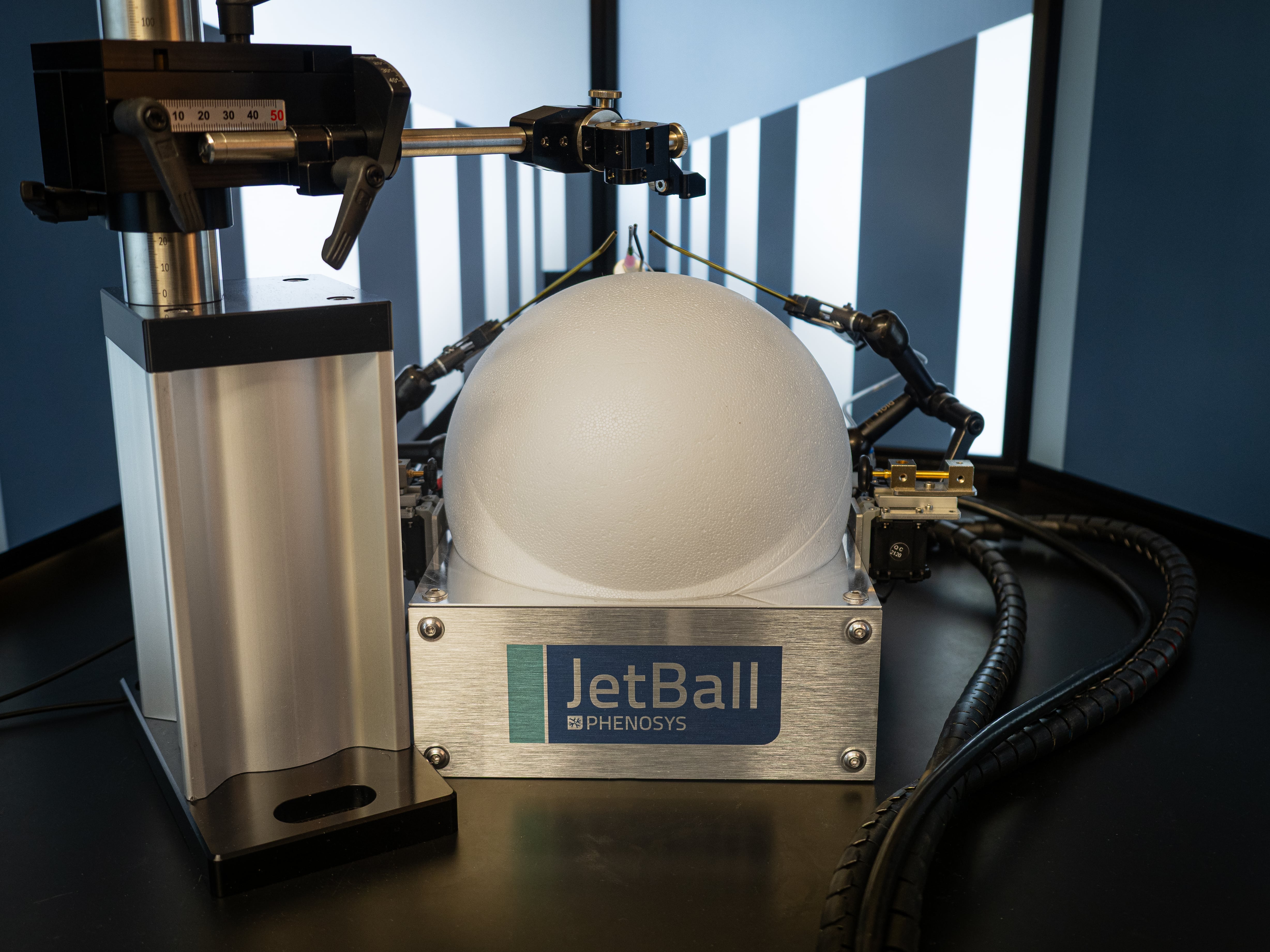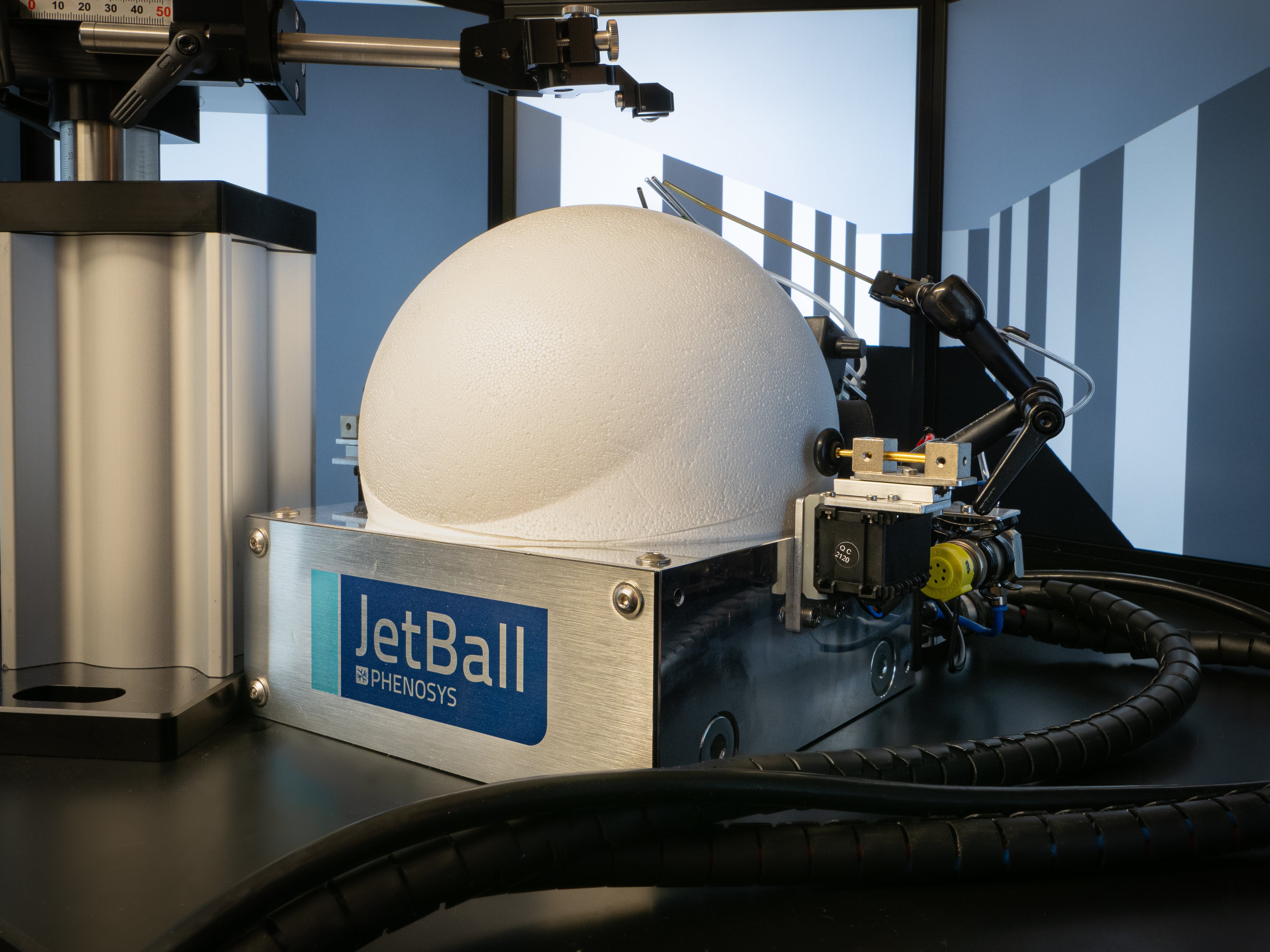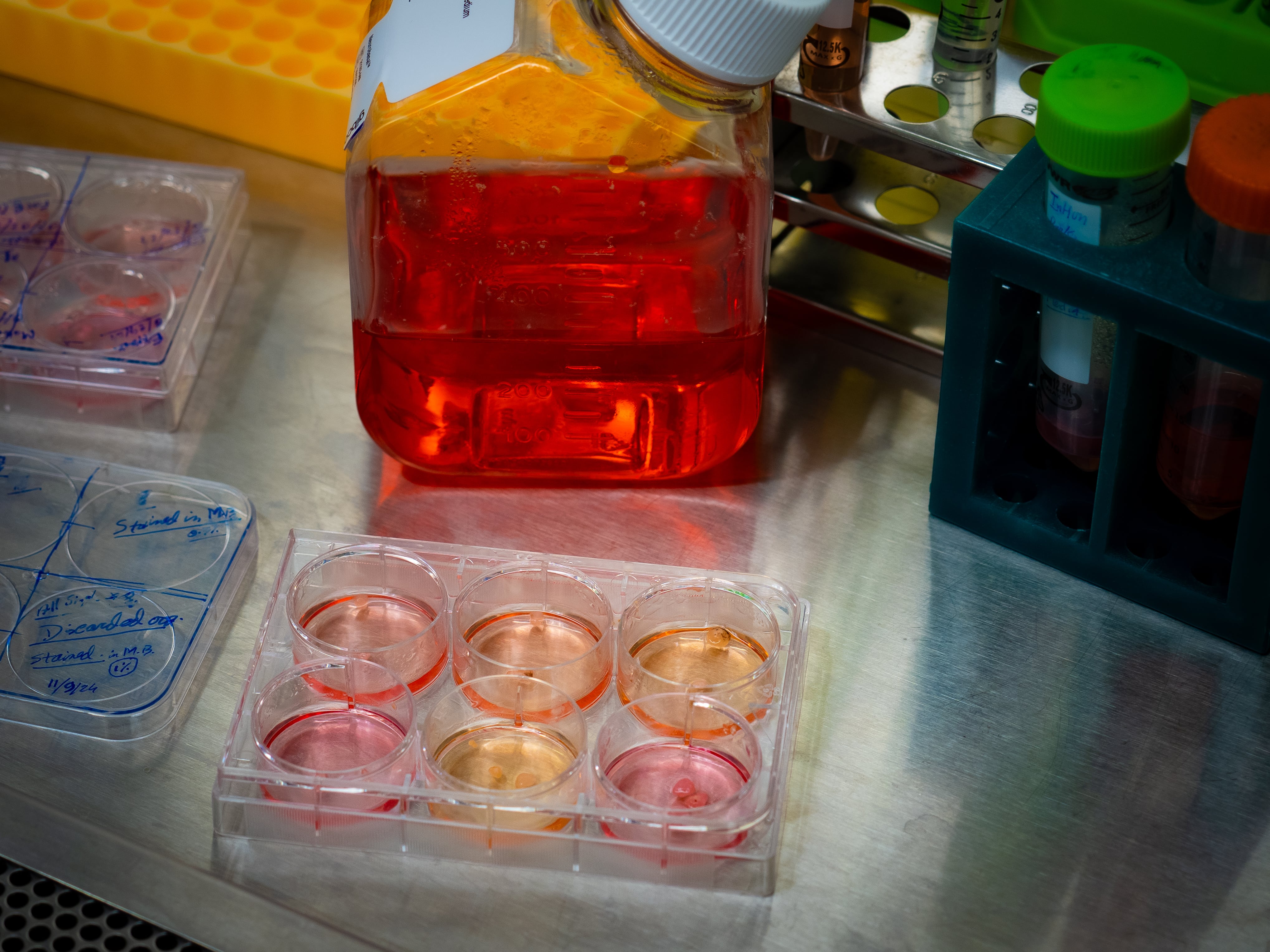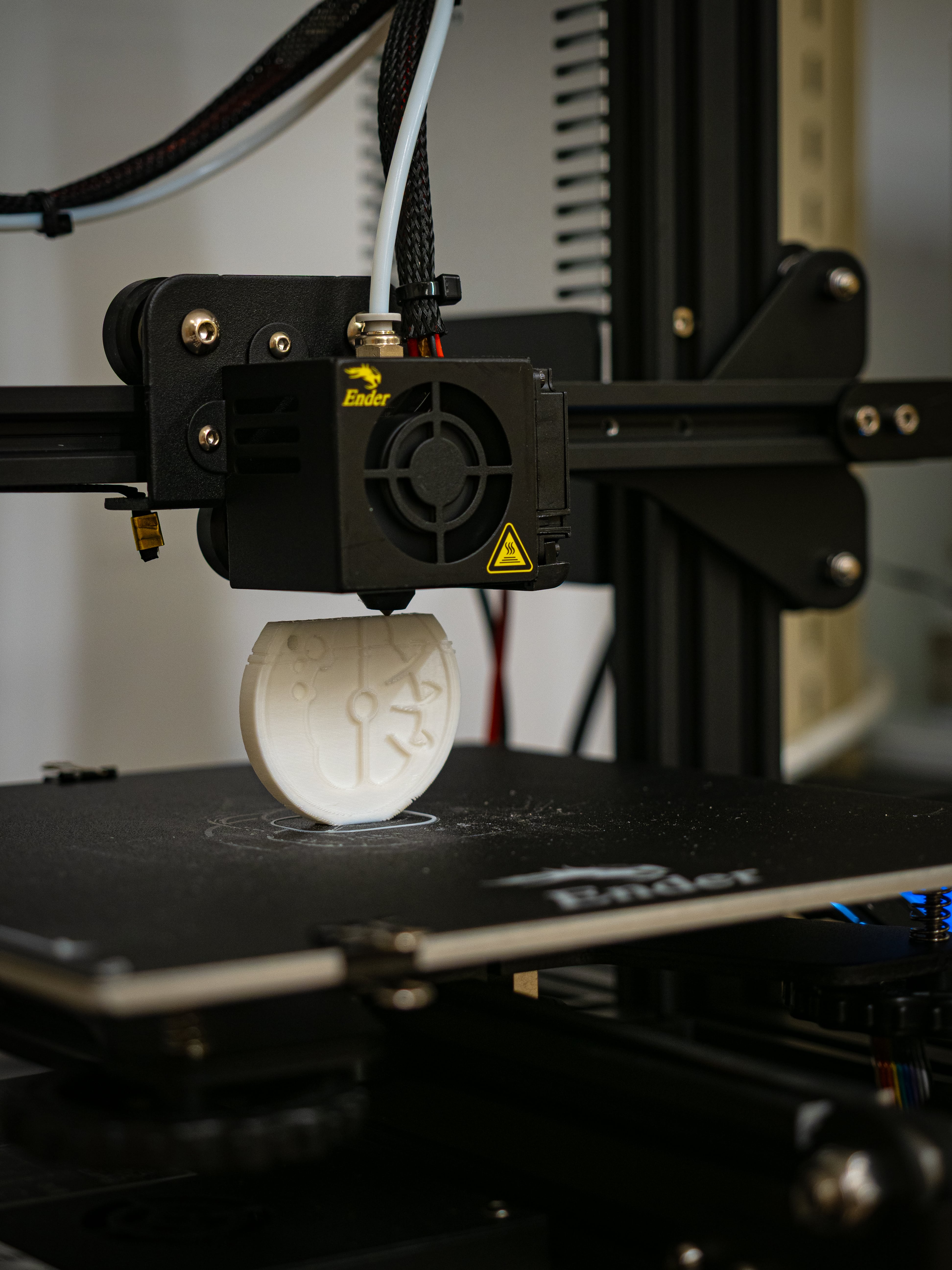Research





The long-term mission of our research is to understand the molecular, cellular, and circuit mechanisms underlying higher order cognitive processes.
Cognitive processes of particular interest include working memory, long-term memory encoding and retrieval, attention, and decision-making.
While our projects start with a focus on basic science questions, in most cases, we build on this foundation to determine how disease states alter neural mechanisms that underlie cognition. Ultimately, we aim to identify therapeutic strategies to alleviate disease phenotypes.
Evolutionary studies have suggested that the expanded neocortex in humans, as compared to other mammalian species, underlies our superior cognitive functions.
These cortical functions critically depend on the integration of internal states (emotion) and external information (sensory inputs). The thalamus, being a crucial region for sensory processing and multi-sensory integration with both bottom-up and top-down connectivity, is in a powerful anatomical and functional position to guide cortical processes. While past thalamic research has focused mostly on pure sensory processing (i.e., their relay role), the importance of non-relay functions has recently been emphasized but much less understood.
Starting with the mouse model, our laboratory identifies novel cell types in the thalamus, develops molecular tools to target individual cell types in vivo, and links these cell types to cognitive functions using physiological recordings during behavior.
These projects employ single-cell RNA sequencing, brain-wide activity and circuit mapping, in vivo neural activity measurements, CRISPR, neural manipulation approaches (closed-loop optogenetics), and computational modeling.


